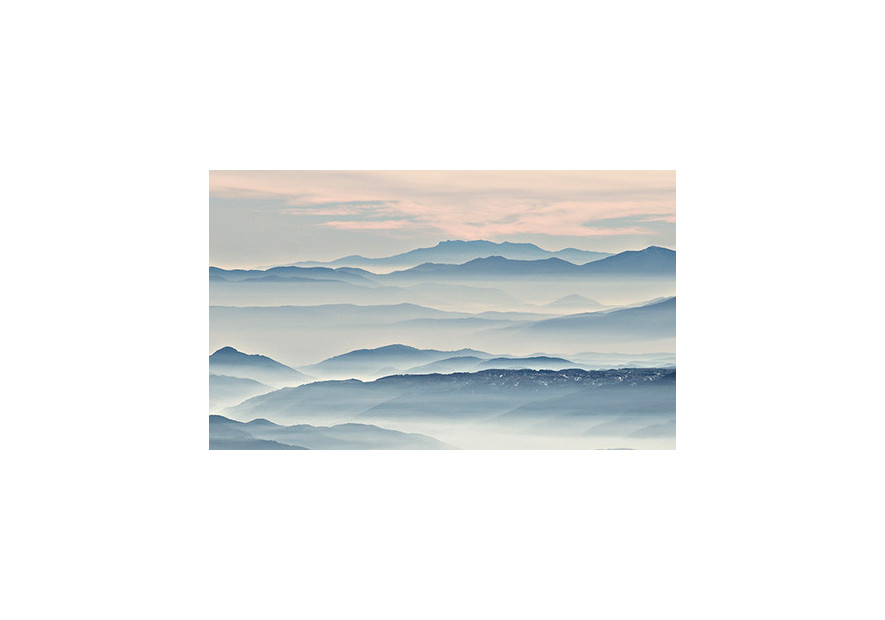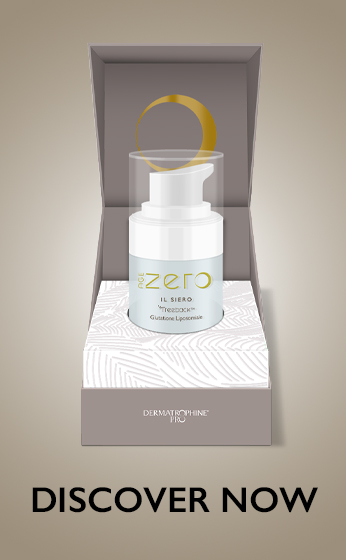TANNING BY THE SEA OR IN THE MOUNTAINS

If we could double up and spend the same days by the sea and in the mountains at the same time, would we see any difference once we get back to the city?
Of course, the sun is always the same, but our skin reacts differently if we are by the sea or in high altitudes. This is due to the amount of solar radiation that hits us. Much of the radiation is in fact blocked by the Earth's atmosphere: the “thicker” it is, the more it acts as a filter. So we understand why you tan faster in the mountains: as they say, "the sun is stronger in the mountains".
Obviously, it is not the sun that changes, but the thickness of the atmosphere, which decreases as you go up in altitude. As a result, the intensity of ultraviolet (UV) rays increases by almost 5% for every 300 metres of altitude difference. To give an example: at an altitude of 1,500 metres, the intensity of UV rays is about 25% more than at sea level.
Sea or mountain, therefore, the important thing is to follow the basic rules to properly protect yourself from harmful rays for the skin, without damaging it, without getting burnt and to enjoy the beautiful sunny days in peace.
5 simple rules for a beautiful, healthy and long-lasting tan.
- Avoid sun exposure between 12:00 and 15:00
- Remember to apply sun cream every two hours
- Moisturise the skin after sun exposure
- Drink lots of water
- Consume fruits and vegetables rich in beta-carotene (foods with yellow-orange flesh: carrots, yellow peppers, mangoes, melons, apricots, peaches)










